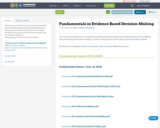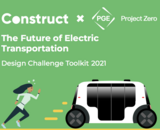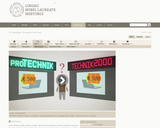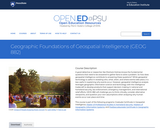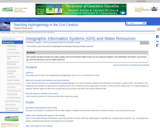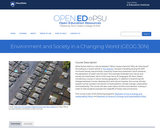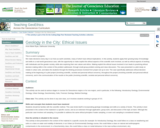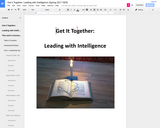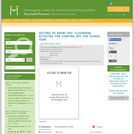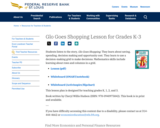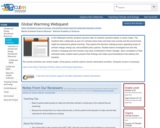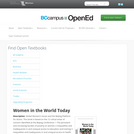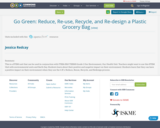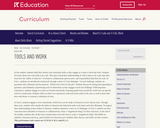Course Description:
“Gold Investment for Beginners – Full Guide 2024” is a comprehensive online course designed from Investorempires.com tailored for beginners, providing essential knowledge and practical skills to confidently navigate the world of gold investment. Whether you’re new to investing or looking to broaden your understanding, this course offers a structured learning path covering foundational concepts, strategies, and responsible investing practices in the gold market.
Course Duration:
Estimated Duration: No Time Limited (Self-paced learning)
Learning Objectives:
Upon completion of this course, participants will:
Understand the Basics:
Grasp fundamental concepts and terminologies related to gold investment.
Navigate Gold Markets:
Gain insights into the dynamics of the gold market and its role in the global economy.
Setup and Manage Gold Investment:
Learn how to choose reliable sources for gold investment, understand investment types, and manage a gold investment portfolio.
Analyze Gold Markets:
Develop skills in both fundamental and technical analysis specific to gold for informed decision-making.
Implement Risk Management:
Understand the importance of risk management in gold investment and apply practical strategies to mitigate risks.
Develop Gold Investment Plans:
Create personalized gold investment plans, set goals, and establish effective routines.
Explore Gold Investment Strategies:
Understand different investment styles and explore strategies specific to gold investment.
Master Practical Tips:
Manage emotions, stay updated with relevant market news, and learn from common gold investment mistakes.
Access Resources and Tools:
Explore recommended books, online courses, forums, and essential software tools for gold investors.
Target Audience:
- Beginners with little to no prior experience in gold investment.
- Individuals seeking a solid foundation in gold markets and investment strategies.
